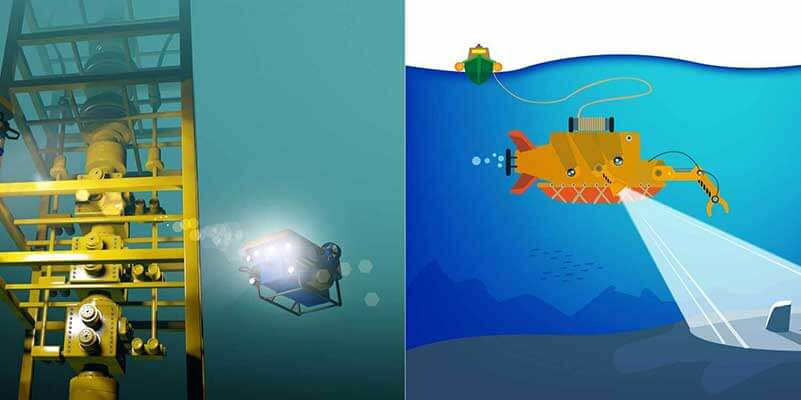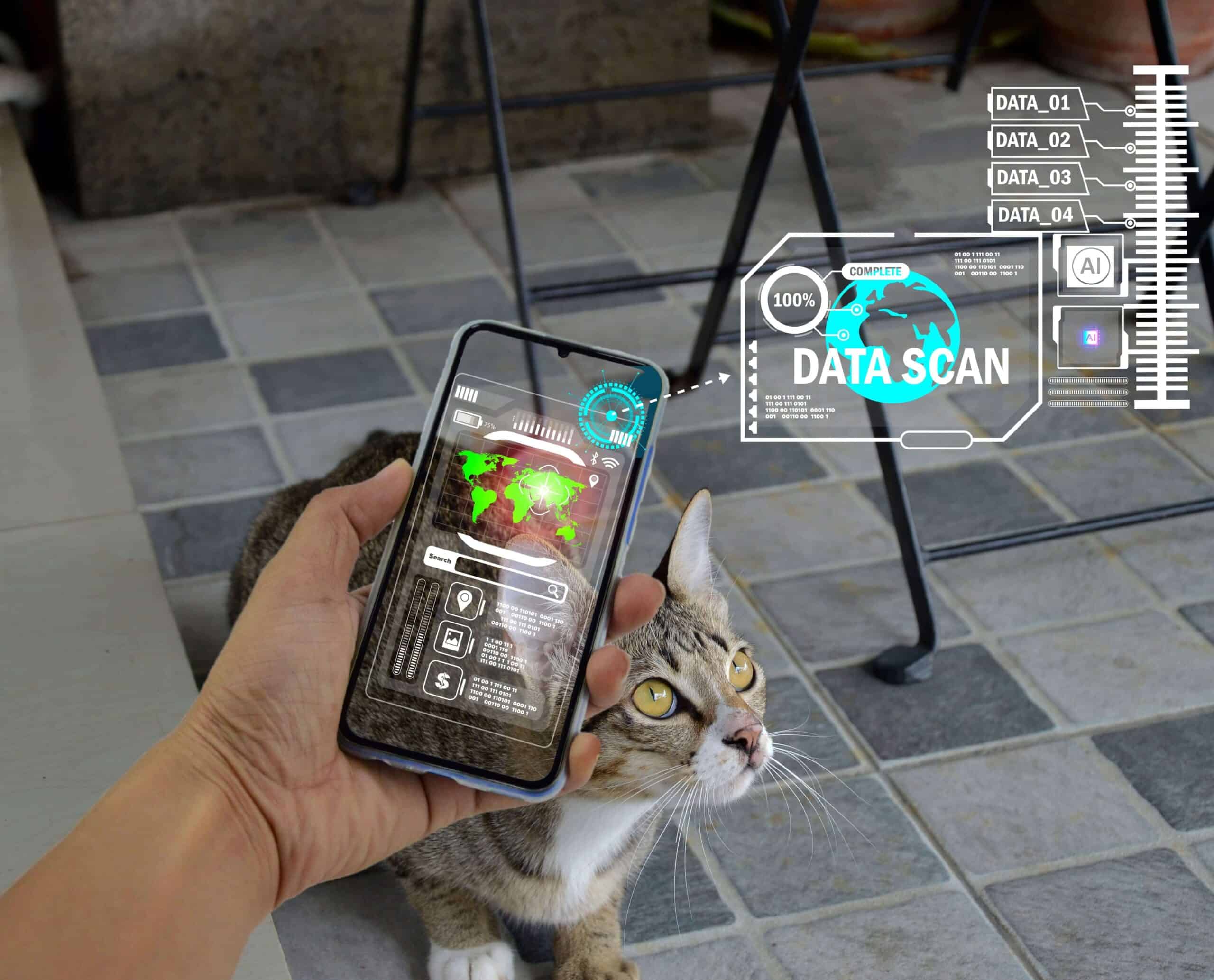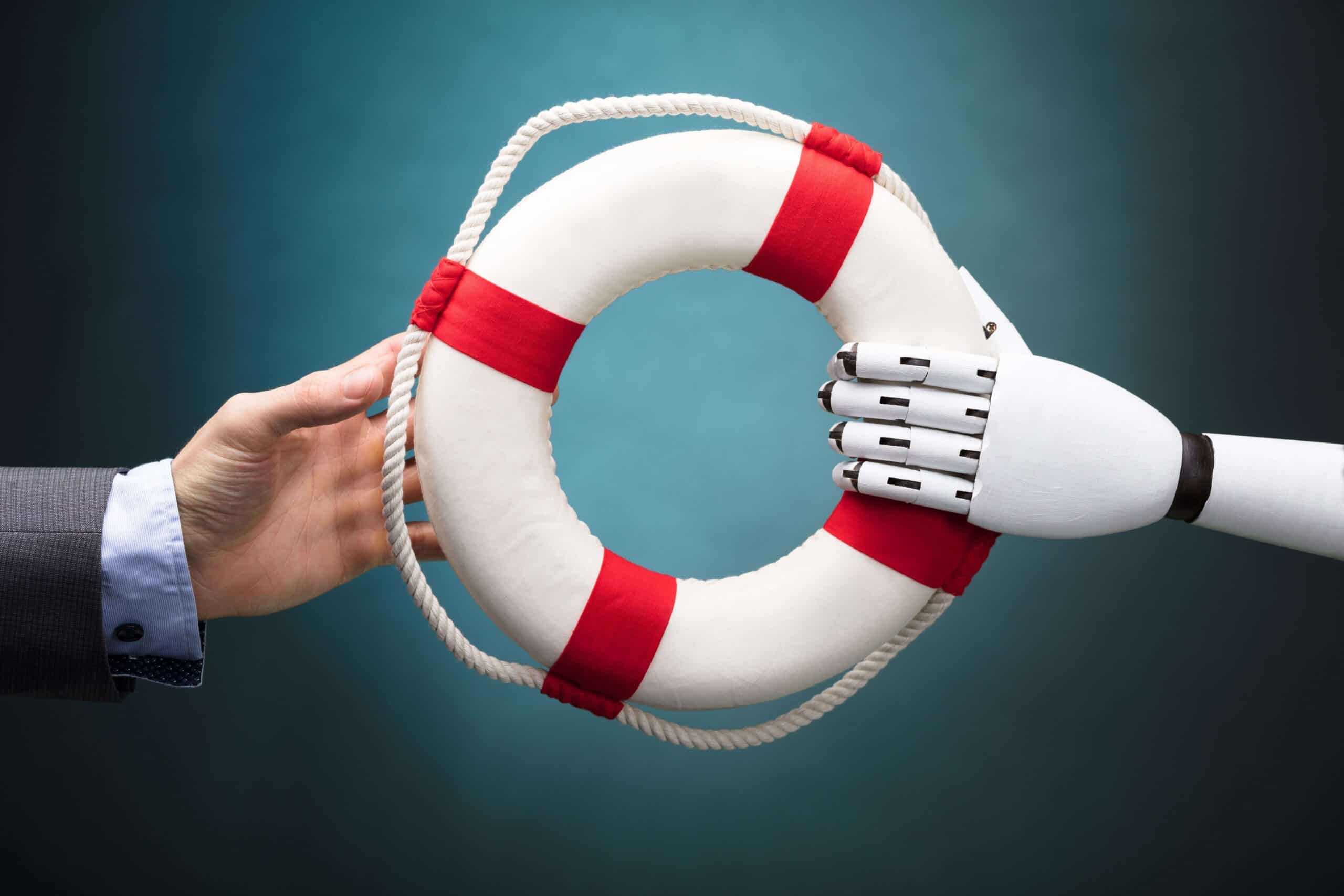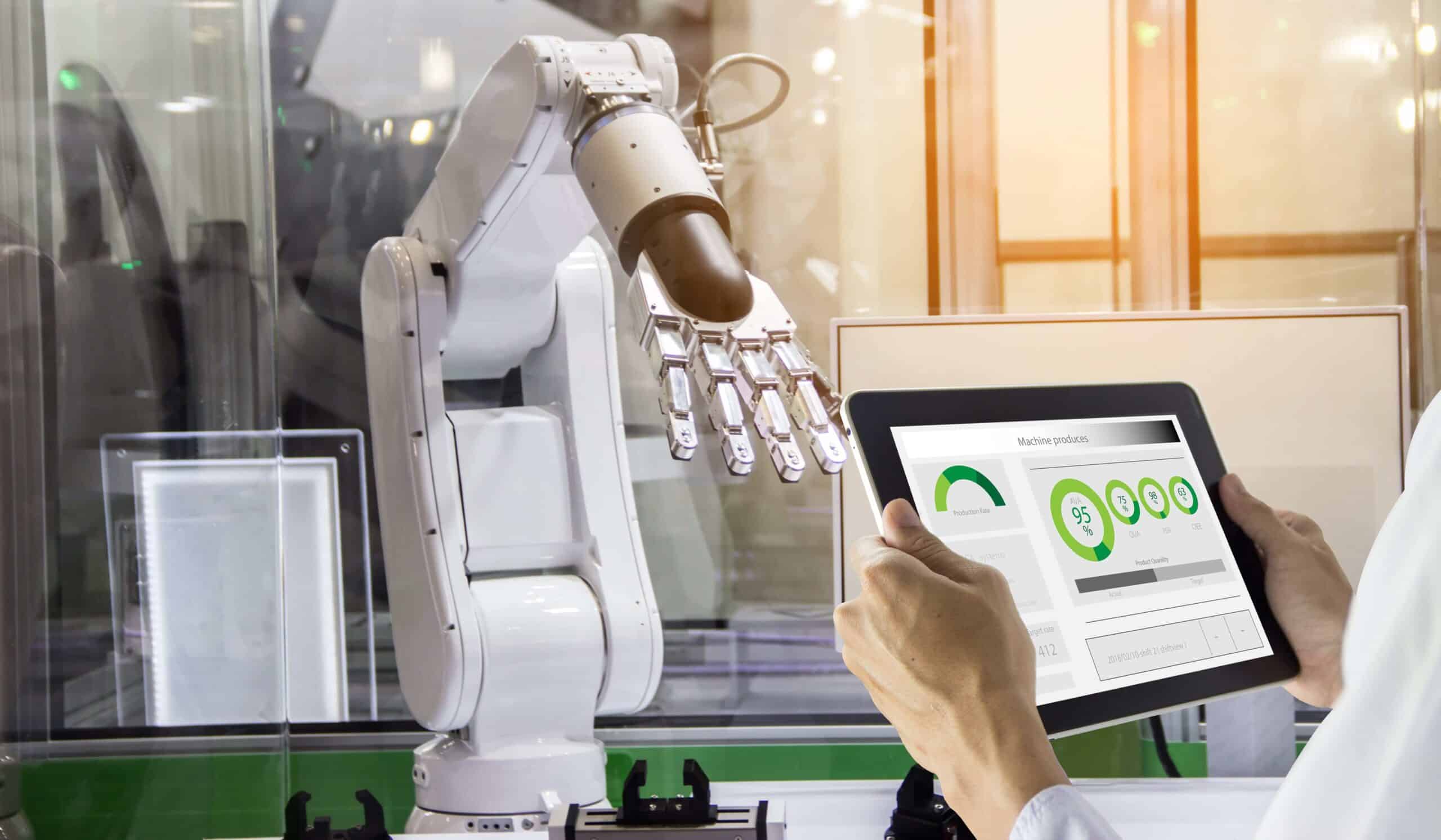With their technology becoming increasingly advanced, drones are more efficient than ever before. They can be employed for surveillance, gathering data and intelligence. They check for roadside bombs or devices on landing areas. They listen to mobile phone conversations, follow or attack suspected insurgents and are widely used in warfare. They are also used for recreational purposes, aerial photography and a host of other things. Well, those are the flying drones. But did you know there are different types of underwater drones as well?
Not only are drones taking over our skies – they are heading into our seas as well
Underwater drones operate at great depths. They aren’t a particularly new development and up until recently they haven’t been widely used, besides for commercial purposes such as research in the gas and oil industry. The past couple of years they have however started to become a more familiar sight. Ocean exploration organisations and universities have started using them for various purposes such as mapping the ocean floor. To date, only 5% of the underwater world has been explored!
What is the difference between AUVs and ROVs?
There are basically two different types of underwater drones: the autonomous underwater vehicle (AUV) and the remotely operated vehicle (ROV). AUVs are mainly used for underwater surveys such as mapping obstructions that can be dangerous for the navigation of vessels. The AUV goes about its mission without human intervention. After completion, the drone returns to its base location where data is downloaded, analysed and processed.
ROVs are unaccompanied robots that are connected by cables so that the drone operator can control them. ROVs are equipped with sonar, lights and cameras and an articulating arm. From a submarine, vessel or station on shore, human operators watch a display to see what the robot ‘sees’. Some of the more sophisticated drones incorporate tele-presence capabilities; the operator wears a suit with tactile sensing gloves and headgear with display and headphones, enabling him to experience the underwater site as if he were actually there. ROVs have many uses such as vessel hull inspections, site exploration or object identification and can substitute a diver in situations where it is unsafe for humans or when a diver is not available.
ROV – the Trident
One of the challenges with any remotely controlled underwater vehicle is that radio waves don’t travel through water. Trident solves that problem using a Wi-Fi enabled buoy to connect to a tablet or laptop, and software with innovative ROV features. David Lang and Eric Stackpole, founders of a California-based company specialising in underwater drones, were inspired by a story about a robbery where gold was thrown in an underwater cave. No treasure-hunting scuba diver was able to get to it and David and Eric then decided to build an underwater robot.
After four years of prototype building they developed the Trident; a type of smartphone that can go down to a depth of 100 meters. Via a tether connected to a buoy, it can send real-time (video) data about as depth, direction and temperature. The drone can be controlled from large distances as the buoy is connected to the Internet. The Trident is one of the more sophisticated drones as described in the previous paragraph. Compared to a regular ROV with similar functionality, the Trident is much more cost effective. Because the drone software is open source, the ROV can be adapted for use in many different ways.
GhostSwimmer – the Navy’s underwater robot tuna
In order to achieve stability, efficiency and manoeuvrability, drones are often designed to resemble nature. The US Navy has been working on a new type of drone that is built to look like a tuna, although, from a distance, it looks a lot more like a shark. The GhostSwimmer, as it’s called, is 1.5 meters long and weighs 45 kilograms. With this and other types of underwater drones, the US Navy is planning to ramp up the deployment of unmanned underwater vehicles. This particular drone can dive approximately 90 meters under the water and it moves just like a real fish.
Video credits: joseph dawn
Due to its design, the GhostSwimmer is much more energy-efficient than its underwater counterparts. The reason for its life-like design is so that it can remain undetected while carrying out its missions. The GhostSwimmer is controlled via laptop and may in the future be able to operate autonomously and learn to navigate dark spaces by picking up cues from the areas around it. Similar underwater drones are being developed by other countries, mainly for military purposes. Other marine animal-based drone designs currently in development by the US navy resemble mantra rays, jellyfish and even eels. Research has indicated that eels will eventually make the most effective unmanned underwater vehicles as their agility enables them to manoeuvre through narrow spaces. Due to their quiet and easy propulsion, they would be less detectable and use less energy. Approximately 700 military AUVs are already prowling international waters and the trend line is definitely upward with different designs appearing regularly.
Ocean cleanup with the shape-shifting sailing robot Protei
Even though 70% of our planet’s surface is covered by the ocean, for the most part our waters remain unexplored. Unfortunately our oceans are also polluted with radioactive material, plastic debris, industrial and agricultural waste and oil spills. To remedy these problems, the Protei team has developed a remote controlled, shape-shifting and wind-powered sailing robot.
Initially invented to clean up the BP oil spill, the powerful, robust and agile piece of hardware is also able to assist with other pollution cleanups and even collect important information about the oceanic environment. It has radioactivity sensing capabilities, monitors fisheries, studies algae and relays data from underwater instruments to satellites. It’s also used for ocean floor expeditions where it gathers data with the use of coordinated robotics. The open source sailing robot fleet can be operated via PC, laptop or mobile. Up until now, the Protei team has developed more than 10 generations of prototypes.
See also: Six futuristic robots that will redefine life as you know it
Data gathering expedition using coordinated groups of robots
An international team of scientists and engineers led by Dr. Oscar Pizarro from the Australian Centre for Field Robotics, University of Sydney, carried out a data gathering expedition. The team used coordinated groups of robots including AUVs (gliders and Lagrangian floats) as well as autonomous surface vessels (ASVs) – the hands, ears and eyes of the scientists. During the expedition, which took place at Scott Reef in the Timor sea, the robots were deployed to carry out important tasks for long periods of time with the aim to improve techniques for coordinating multiple exploratory tools and underwater vehicles. Tasks such as chemical analyses and detailed mapping of the sea floor and overlaying waters across extensive areas were successfully completed. AUVs capable of taking imagery and water measurements at different depths were used in conjunction with autonomous surface vehicles and gliders, some of which use solar power for energy while others use the rise and fall movement of the waves.
Today and in the future, the Earth’s last frontier will be spearheaded by robots instead of humans and the next wave of drones is already making a splash. What started as a niche industry for well-to-do hobbyists has evolved into a fast-growing market that caters to a wide range of industries and government agencies; exploring and developing many different applications – from finding buried treasure to monitoring marine life and carrying out military operations.








